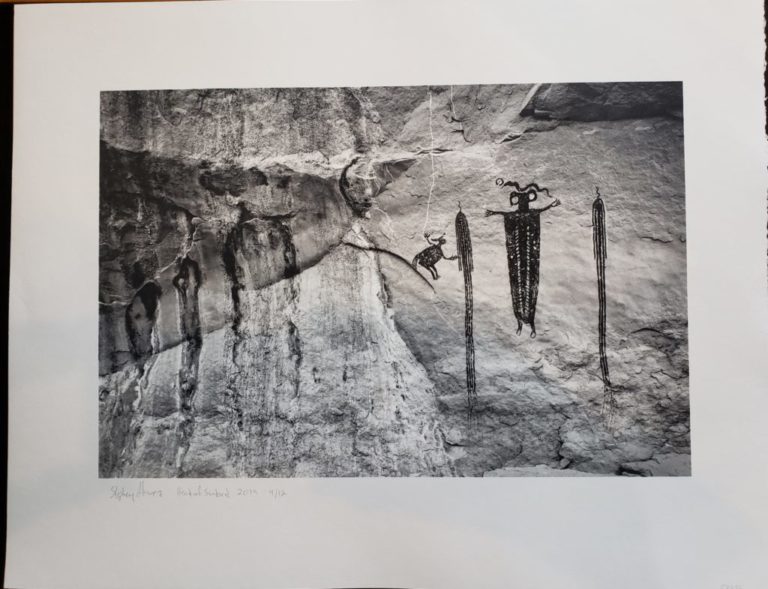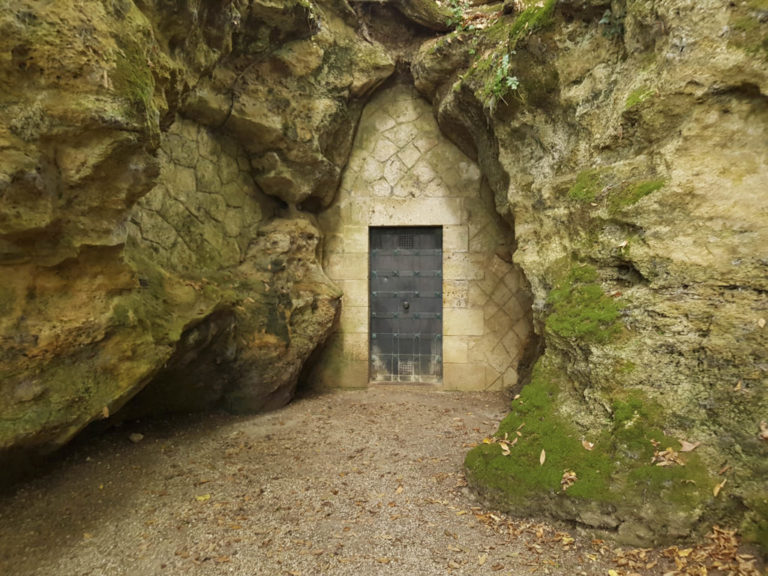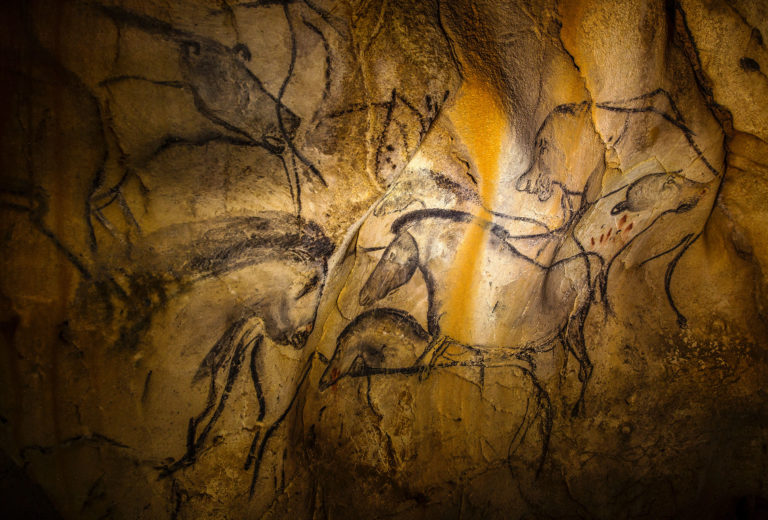Articles
- Pahranagat representational stylePahranagat anthropomorphic figures are unique to the Pahranagat Valley of Southern Nevada. There are two types of figures;Read more
- Grotte Pair-non-Pair, Aquitaine FranceThe paleolithic cave Pair-non-Pair was found when a farmer went looking for a lost cow who had fallen in a hole, the cave he discoveredRead more
- A nearly 1 million year old hominid fossil in EuropeA recent study of a hominid tooth found in the Atapuerca Mountains of Spain has confirmed through direct dating that the fossilized remains are nearly 1 million years old. The dating estimate is between 750,000 and 950,000 years before present. It is consistent with sediment deposits at the site but represents the first direct date from a hominid that old. The ESR dating and challenges are explained in Phys.org here. The Atapuerca Mountains have continued to yield very interesting clues about the first hominid inhabitants of Europe. While this new discovery confirms previous associated dates it is exciting in that it opens up the possibility that there will be other direct dates from Hominid fossils both in and out of Europe.Read more
- The story of human evolution is written in ochreMixing ochre paint under a tree in Omungunda Namibia. "Smeared on shells, piled in graves, stamped and stenciled on cave walls from South Africa to Australia, Germany to Peru, ochre has been a part of the human story since our very start — and perhaps even earlier. For decades, researchers believed the iron-rich rocks used as pigment at prehistoric sites had symbolic value. But as archaeologists turn up evidence of functional uses for the material, they’re realizing early humans’ relationship with ochre is more complex." read more in Discover Magazine hereRead more
- New light on human evolutionNew light on human evolution Groundbreaking research puts human evolution in a new perspective as significant archaeological findings reveals sign of modern human behavior 300 000 years ago. "This discovery suggests that the earliest African Homo sapiens populations were already cognitively, socially and technologically complex", says Francesco d’Errico. He is a professor at UiB and Principal Investigator at the Centre for Early Sapiens Behavior (SapienCE). He is also part of the international team behind the remarkable findings in Kenya, and one of the co-authors of the article that has been published in Science, covering these discoveries. Sophisticated early life It is not every day that investigators stumble over findings that can change the understanding of human history, but these particular discoveries may be just one of these great moments. Francesco d’Errico is not denying the fact that these discoveries are significant. Continue Reading on UIB.NORead more
- Oldest Paintings in the World now over 65,000 years oldGallery C of La Pasiega cave in Monte Castillo. The big news this week in Anthropology is that a species besides humans seems to have painted. Dirk Hoffman and Allistair Pike have published an article in the journal Science that dates the paintings to well over 65,000 years ago. That is 25,000 years older than previously dated art from Spain and Indonesia. 65,000 years ago the only known species that could have made the paintings are Neanderthals. The dates come from three caves widely separated in Spain. This is a stunning development in the world of art history. Hoffman and Pike explain their results in the video below. You can reach the Science article here. In this video from National Geographic shot in 2014 Allistair Pike discusses his belief that Neanderthals could have made art.Read more
- The Dogs of Saudi Arabia first images of domesticated dogshttps://www.youtube.com/watch?v=NAGprHaKAZo&feature=youtu.be A rock art panel from Saudi Arabia may well be the oldest record of domesticated dogs. Maria Guagnin has been working on engravings in the Shuwaymis Hills of northwestern Saudi Arabia. She has cataloged over 1400 images from the region including what may be dogs on a leash. This article in Science lays out her work. Rock art is notoriously hard to date, but if her dates are accurate these engravings are likely 8,000 - 9,000 years old. That edges out Iranian depictions of mans best friend by 1,000 years.Read more
- Deep Time ExplainedTime is one of the hardest concepts to wrap your head around. People have been on the earth for about 300,000 years. For almost all of that time, we've been hunter-gatherers. But how long has the Earth been here? NPR's Skunk Bear does a great job of helping us visualize Earth's history and our place in it. The video is below and the original post is here. https://www.youtube.com/watch?v=M8V_glRW1hA&feature=youtu.beRead more
- Limited Edition Chauvet Portfolio to support the Ancient Art ArchiveI have selected 12 images from Chauvet Pont d'Arc Cave for a portfolio of prints to help support the Ancient Art Archive. Each image is limited to 12 prints each. Once they are sold there will be no more. The images are approximately 21" x 33" on 2 x 4-foot paper. Go here to see all the images and purchase. I'll be showing six of these prints in Oxford next month as part of a lecture at the Saïd Oxford Business School on September 13. The talk is free but registration is required. Go here for details. -Stephen AlvarezRead more
- Ancient Pueblo Rock Art Eclipse on Live ScienceLive Science has an excellent discussion of a solar eclipse depicted as rock art in Chaco Canyon. The image was discovered by McKim Malville in Chaco Canyon during a field trip in 1992. The image may describe the eclipse of July 11, 1097. Read the whole article here.Read more
- September 12 talk in LondonCountless tales are hidden in our ancestors' oldest caves. National Geographic Explorer & Photographer Stephen Alvarez is hosting a one-day talk and photo exhibit and would like you to join him on a journey back in time to our ancestor’s prehistoric lives.Read more









